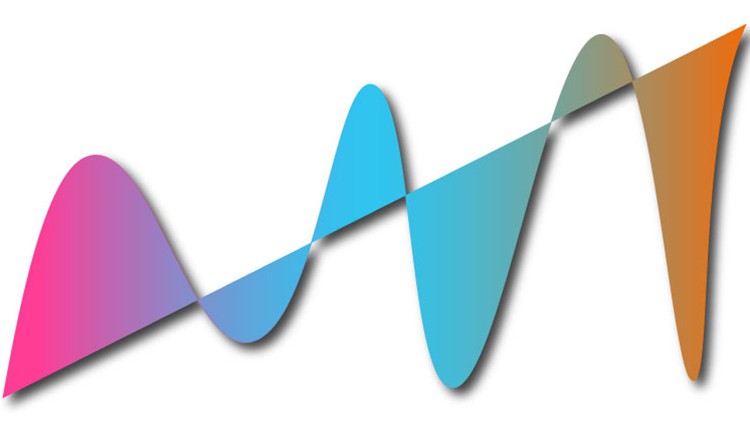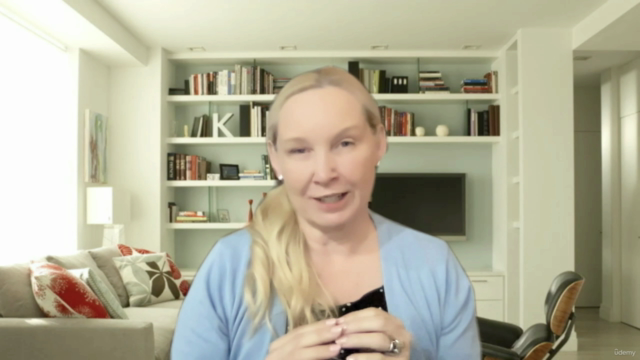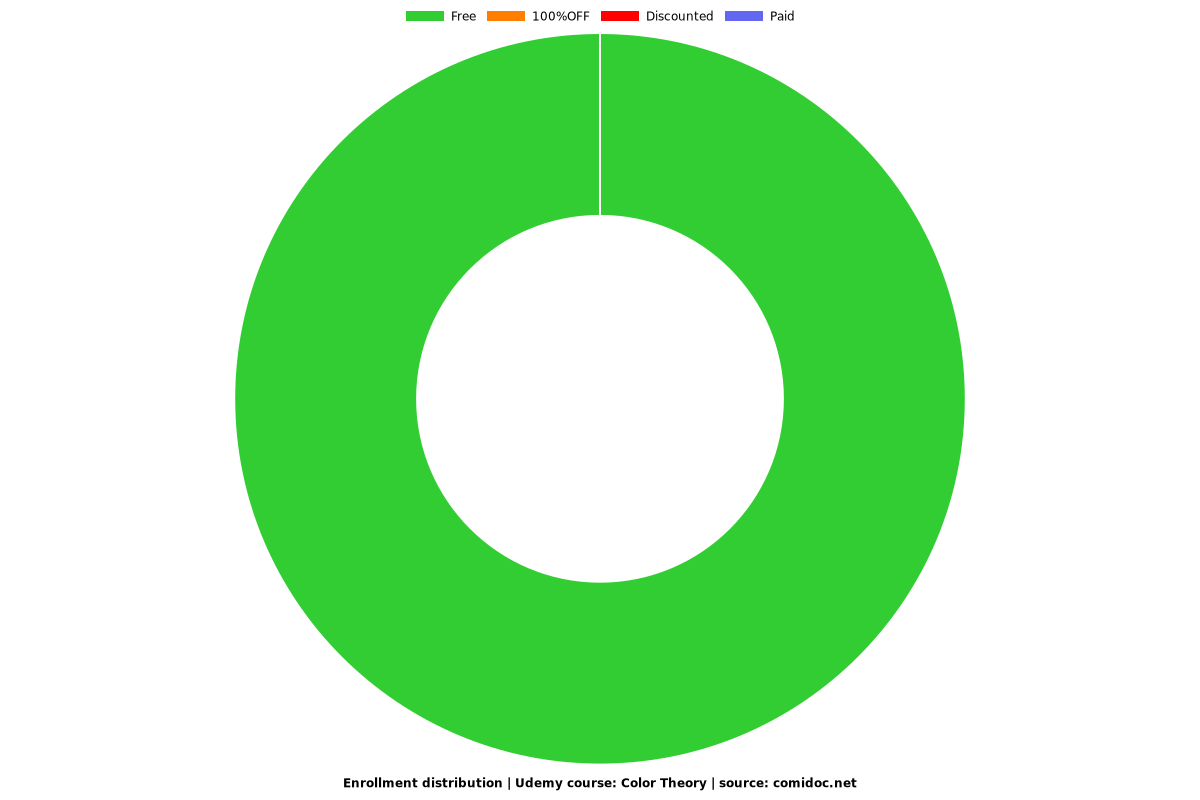Color Theory
Bring your work to life with color

What you will learn
Describe the meaning and psychology of color
Define hues, tints and shades
Discuss the color wheel
Define various color harmonies and RGB vs CMYK
Select pleasing color palettes using various available tools
Why take this course?
This course covers several aspects of color: the psychology of color and how different colors generate different emotions. We discuss the color wheel, hues, tints, and shades, RGB vs CMYK colors, color proofing and the importance of considering different types of color blindness when selecting colors. We also talk about using color in digital design, including creating a palette of colors in Illustrator, and using the Adobe Color Wheel.
Color theory is the collection of rules and guidelines which designers use to communicate with users through appealing color schemes in visual interfaces. To pick the best colors every time, designers use a color wheel and refer to extensive collected knowledge about human optical ability, psychology, culture and more.
Your colors must reflect your design’s goal and brand’s personality. You should also apply color theory to optimize a positive psychological impact on users. So, you should carefully determine how the color temperature (i.e., your use of warm, neutral and cool colors) reflects your message. For example, you can make a neutral color such as grey warm or cool depending on factors such as your organization’s character and the industry.
Focusing on the psychological aspects of color is an essential part of understanding color theory. When you select a color palette for your design, you’ll usually think about how things will look, but it’s equally important to the emotions that colors will invoke also. Color has a powerful psychological influence on the human brain, with each color representing different meanings and emotions for your users.
While there are no universally acceptable meanings, here are some general feelings that colors evoke for most people:
Red: danger, importance, love. Red is known as the color of energy—simply looking at it can increase a person’s pulse, heart rate, and metabolism. It’s an excellent color for grabbing a visitor’s attention; try using it to highlight the most important elements on your page.
Orange: energy, optimism, fun. Orange has a positive energetic vibe. It’s also associated with inexpensive products, making it a good color for e-commerce stores if you want to highlight the best price.
Yellow: happiness, attention, warmth. Yellow denotes a sunny disposition; when combined with black, it will quickly command attention. (Think about yellow cabs in NYC, for example.)
Green: growth, success, nature. Green is fantastic for products that are close to nature. It’s also a popular color to use within user interfaces, giving users a signal that an operation completed successfully.
Blue: trust, comfort, calmness. Blue represents relaxation and comfort. Brands love this color because it gives customers an impression of inner security.
Purple: luxury, creativity, wisdom. Purple is usually linked to royalty as well as luxury products.
Black: power, sophistication, mystery. Most brands limit black to text and accents. As a primary color, black may be prominent on fashion websites to convey a feeling of luxury.
White: cleanliness, health, innocence. White usually makes us think of health and cleanliness. Designers typically choose this color to suggest a product’s safety, especially for medical equipment and high-tech products.
Find out more by signing up for this course!
Screenshots




Reviews
Charts
Price

Rating

Enrollment distribution
